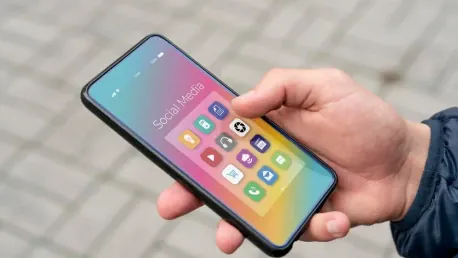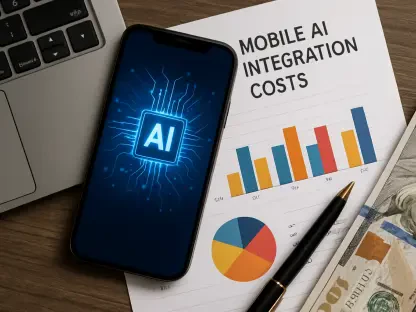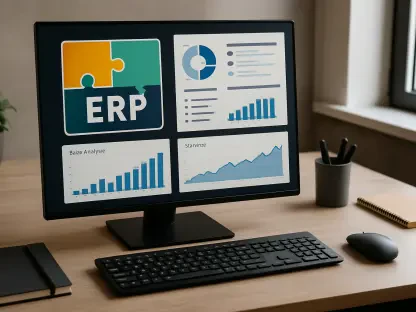Short introduction: Anand Naidu, proficient in both frontend and backend development, joins us today to share his insights on development aspects, specifically focusing on creating travel apps like Visit Dubai.
Can you describe the main features of the Visit Dubai app?
The Visit Dubai app includes an intuitive interface, offline access to maps and guides, multilingual support, personalized recommendations based on user interests, an itinerary builder, and booking integration for events, attractions, and services. It also features the Dubai Calendar app for real-time updates on local events.
How does the Visit Dubai app enhance the user experience for travelers in Dubai?
The app enhances user experience by offering seamless navigation and visually appealing graphics. It provides offline access so users can plan their trips without needing an internet connection. Personalized recommendations and custom itineraries ensure users can tailor their trip according to their preferences, while the booking integration simplifies the process of securing tickets and reservations.
What makes the Visit Dubai app the preferred choice among the multitude of travel apps available?
Visit Dubai stands out due to its comprehensive features tailored to both tourists and locals, its easy-to-use interface, and the integration with the Dubai Calendar providing real-time updates on events. Multilingual support and offline content access further boost its appeal, making it accessible to a global audience.
What is the approximate cost range for developing a travel app like Visit Dubai?
The cost to develop a travel app like Visit Dubai typically ranges from $40,000 to $300,000. This depends on various factors like features, security measures, compliance requirements, and overall complexity.
How does app complexity affect development costs for a travel app?
App complexity significantly impacts development costs. A simple app with core functionalities will be less expensive compared to a moderate app with enhanced features, and a complex app with advanced technologies like AI and ML will be the most costly due to the additional functionalities and rigorous security measures.
What are some of the major factors that influence the budget for developing a travel app?
Major factors include UI/UX design complexity, backend development needs, platform selection, third-party integrations, security measures, and advanced technology integrations like AI, AR/VR, and ML. Each factor adds its own cost implications based on the required expertise and resources.
Why is having an intuitive interface critical for a travel app’s success?
An intuitive interface is vital because it ensures users can easily navigate the app, find information quickly, and interact with features effortlessly. This enhances user satisfaction and engagement, which is crucial for the app’s overall success.
How important is offline access for users of a travel app?
Offline access is crucial for travelers who may not always have an internet connection while roaming around a new city. It allows users to access maps, guides, and their itineraries without needing connectivity, which enhances convenience and reliability.
What role does multilingual support play in making your app more accessible?
Multilingual support makes the app accessible to a diverse user base by catering to travellers from different parts of the world. It ensures that users can interact with the app in their preferred language, which improves usability and user experience.
What backend development options are available, and how do they impact costs?
Backend options range from basic setups with simple databases to scalable cloud solutions and custom high-traffic systems. Costs vary based on scalability, performance needs, and the complexity of required features, with more advanced options demanding higher investments.
How do third-party integrations enhance a travel app’s functionality?
Third-party integrations, such as mapping tools, payment gateways, and booking APIs, enhance functionality by allowing users to navigate locations, make secure transactions, and book services seamlessly within the app. These integrations improve user experience by providing essential features efficiently.
What security measures are essential for protecting user data in a travel app?
Essential security measures include SSL, end-to-end encryption, secure payment processing, biometric authentication, and compliance with data protection regulations like GDPR or CCPA. These measures safeguard user data and build trust among users.
How does the complexity of UI/UX design influence the overall development cost?
UI/UX design complexity directly affects development cost. Simple designs are more budget-friendly, while complex designs with custom elements, animations, and interactive features demand greater resources and expertise, thus increasing the overall cost.
What are the latest design trends you would recommend for a travel app?
Latest design trends include minimalistic layouts, intuitive navigation, immersive experiences like AR, personalized user interfaces, and interactive components. These trends not only make the app visually appealing but also enhance user engagement and satisfaction.
How would you balance visual appeal with user-friendliness?
Balancing visual appeal with user-friendliness involves creating a clean and intuitive interface that is easy to navigate while using visually engaging elements to draw users’ attention. The key is to ensure that aesthetics do not compromise functionality and usability.
How can advanced technologies like AI, AR/VR, and ML be integrated into a travel app?
Advanced technologies can be integrated to provide personalized recommendations, interactive tours, real-time data analysis, and predictive insights for better planning. AI can offer tailored itineraries, AR/VR can create immersive experiences, and ML can enhance data-driven functionalities.
What are the potential cost implications of incorporating these advanced technologies?
Incorporating advanced technologies significantly increases development costs due to the need for specialized skills, complex integrations, and ongoing maintenance. These features require extensive research and development, driving up the overall investment.
Can you give examples of how AI-driven features can enhance a traveler’s experience?
AI-driven features like personalized itinerary planners, predictive pricing for bookings, real-time recommendations based on user preferences, and virtual concierge services enhance a traveler’s experience by offering tailored, efficient, and convenient travel solutions.
What are the key stages involved in developing a travel app like Visit Dubai?
Key stages include planning and research, UI/UX design, frontend and backend development, quality assurance and testing, deployment, and ongoing maintenance. Each stage requires specific activities and expertise to ensure a robust and functional application.
How do you ensure quality assurance throughout the app development process?
Quality assurance involves thorough testing for functionality, performance, security, and compliance with industry standards. Regular testing, user feedback collection, and iterative improvements ensure the app meets quality benchmarks and provides a seamless user experience.
What are the best practices for launching a new travel app?
Best practices include a well-planned marketing strategy, app store optimization, leveraging social media, influencer collaborations, collecting initial user feedback, and continuously monitoring app performance. These practices help achieve a successful launch and user adoption.
What kind of ongoing maintenance is required after the app is launched?
Ongoing maintenance includes regular updates, fixing bugs, enhancing app performance, complying with new regulations, integrating new features, and ensuring security measures remain robust. Continuous monitoring and user support are essential to keep the app functional and relevant.
Do you have any advice for our readers?
For those considering developing a travel app, focus on understanding your target audience, prioritize essential features, and ensure a seamless, user-friendly experience. Staying updated with technology trends and maintaining robust security will help in building a successful travel app.









